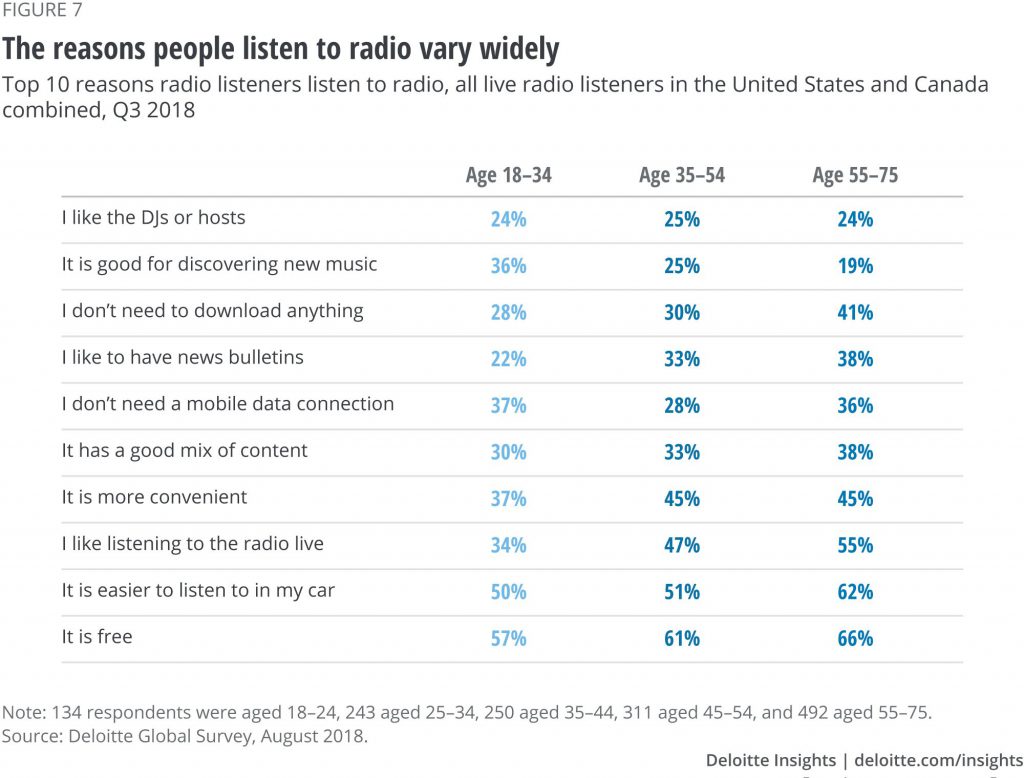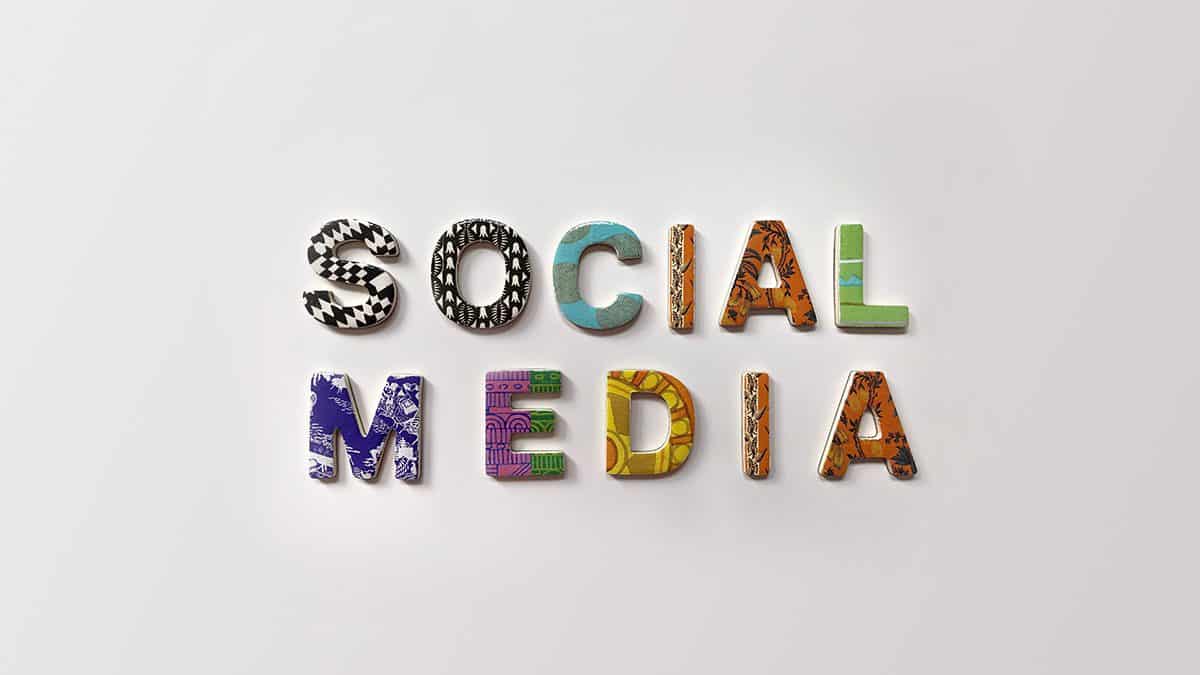As a local car dealership, the success of your business relies heavily on how well you’re known throughout the community and what type of reputation you have. Running a legitimate, customer-friendly business isn’t enough by itself anymore. You must get the word out to compete in today’s capitalistic society.
But things have changed. There are new ways to get people’s attention and increase foot traffic to your dealership. Automotive marketing, in some ways, isn’t what it used to be.
Keep reading for our top automotive marketing strategies, from the tried and true ways of the past to the innovative techniques of the future.
Local TV and Radio Ads
Brand awareness and recognition are some of the most important factors when it comes to making it big in your community. Simply put, people have to feel familiar with your name before they’ll have enough faith to buy a car from you. One of the best ways to plant the seed and get your name out there is with local TV and radio ads.
While many people have converted to satellite radio or streaming services for music, there is a large number who still listen to the radio in their car, at work, or even at home. Buying ad space on popular radio channels is a great way to start planting a seed.
Similarly, despite services like Netflix and Hulu, there is still a wide range of people who watch local TV programming, such as the evening news. This would be a prime spot to place commercials for your dealership.
Host an Event With a Local Charity
There’s a negative stigma out there about car dealerships. People always seem wary about them, even when it’s completely unfounded. Hosting a charity event is an automotive marketing strategy that will raise awareness to an important cause, familiarize the community with your dealership, and shed any negative stigmas.
Work with a local charity of your choice and come up with a community event. Art galas, silent auctions, concerts, and 5K races are all popular. Bring in other local businesses to raise your budget for the event, find new affiliates, and bring in more interest.
Make sure you start advertising for the event well in advance and through multiple platforms (social media, newspapers, radio ads, and more). The goal is to get as many guests as possible to attend.
Buyer Incentive Programs
Next, when it comes to buying cars, people are always looking to get the best deal possible. If there’s a way for them to save, they’ll take it.
We recommend offering new buyer incentive programs once a month or once a quarter to keep things interesting. For example, you could offer cash or mail-in rebates on any new car sales, exclusive low financing APRs, major discounts, etc.
Get Popular on Social Media
Your business needs to have at least one social media account. Did you know that nearly 70 percent of American adults have a Facebook account? That means the majority of your target audience is in one convenient location.
Gain more followers by posting engaging and valuable content and encourage your current followers to like, comment, and share. You can also host fun competitions, raffles, and more that offer an exciting prize. This will get more people engaged, helping you extend your reach.
You can also use social media paid advertising, which comes with the ability to select your target audience based on age, gender, hobbies, location, and more. Additionally, this advertising comes with analytics that will track how each ad performs (likes, comments, shares, views, link clicks). It will also show you any trends or patterns of those who engaged with your ads, such as gender, age, time of day, etc.
Use Landing Page Ads
Landing page ads are a great way to grab a user’s attention with a compelling incentive and a powerful call to action. A lot of business owners offer large discounts, exclusive content, free eBooks, and more to get people to click through.
Where they click through to depends on your strategy. You can use it to drive traffic to your website, guide users to your inventory page to check out your newest vehicles in stock, or persuade them to subscribe to your email list.
You can set up landing pages through your website, affiliate websites, and through paid ads.
Make Sure Your Website SEO Is on Point
One of the most important organic automotive marketing strategies is learning how to use SEO. Search engine optimization is an algorithm used by search engines like Google to find the most relevant websites and information based on keyword searches.
For example, if someone searches for “car dealerships near me,” your website’s local SEO will determine whether or not your site comes up in the search results. You can boost your SEO by adding a blog to your website full of keywords and media embedded with metadata. If you’re not familiar with SEO, it may be beneficial to hire a company that can help.
Affiliate With Other Local Businesses
Running a small business of any kind isn’t easy, and you shouldn’t do it alone. However, we’re not talking about bringing on business partners. We’re talking about building affiliate relationships with other local businesses for your automotive marketing.
Networking with other businesses extends your reach to other client bases. Make sure the companies you approach aren’t competitors but are relevant to your dealership. Figure out a referral strategy that will benefit both businesses.
For example, if your dealership doesn’t offer its own financing, you could approach banks and other lenders. You could also contact local insurance agencies.
Looking for More Tips on Automotive Marketing?
If you’re looking to improve your automotive marketing, we can help. Take a look at some of our professional advertising services. We offer SEO help, email automation, audio production and more.
And for a little insight into what we can do for you, contact us today for a free SEO analysis.






















